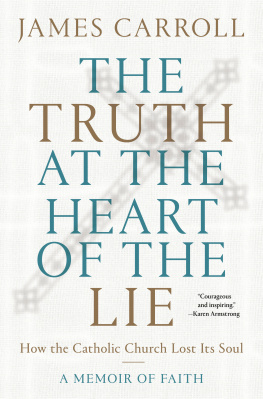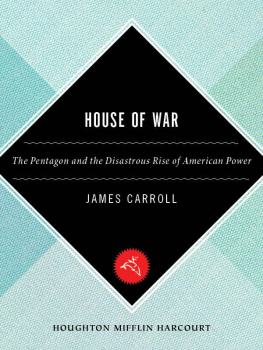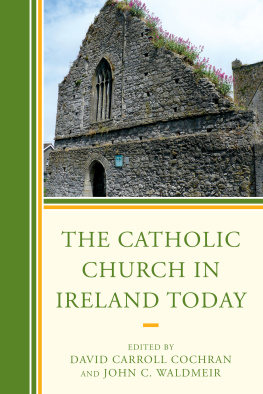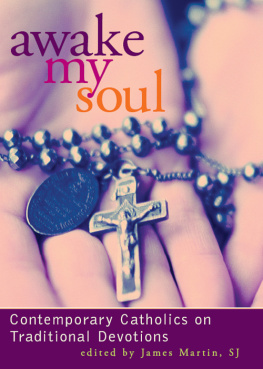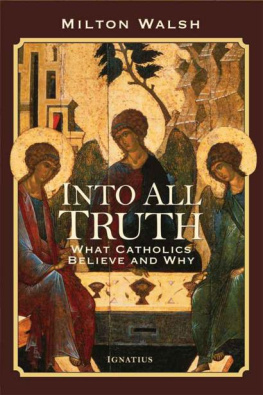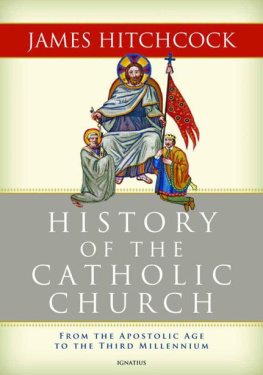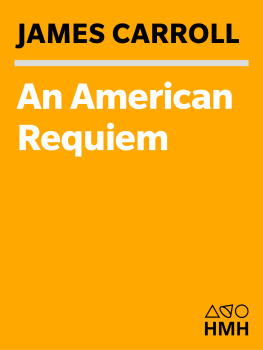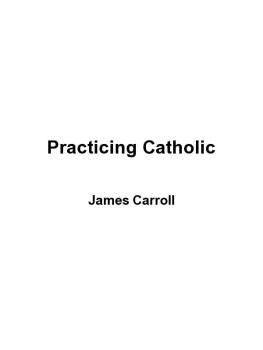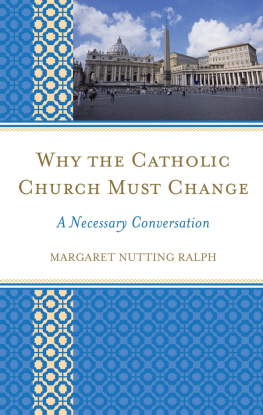James Carroll - The Truth at the Heart of the Lie: How the Catholic Church Lost Its Soul
Here you can read online James Carroll - The Truth at the Heart of the Lie: How the Catholic Church Lost Its Soul full text of the book (entire story) in english for free. Download pdf and epub, get meaning, cover and reviews about this ebook. year: 2021, publisher: Random House Publishing Group, genre: Religion. Description of the work, (preface) as well as reviews are available. Best literature library LitArk.com created for fans of good reading and offers a wide selection of genres:
Romance novel
Science fiction
Adventure
Detective
Science
History
Home and family
Prose
Art
Politics
Computer
Non-fiction
Religion
Business
Children
Humor
Choose a favorite category and find really read worthwhile books. Enjoy immersion in the world of imagination, feel the emotions of the characters or learn something new for yourself, make an fascinating discovery.
- Book:The Truth at the Heart of the Lie: How the Catholic Church Lost Its Soul
- Author:
- Publisher:Random House Publishing Group
- Genre:
- Year:2021
- Rating:3 / 5
- Favourites:Add to favourites
- Your mark:
- 60
- 1
- 2
- 3
- 4
- 5
The Truth at the Heart of the Lie: How the Catholic Church Lost Its Soul: summary, description and annotation
We offer to read an annotation, description, summary or preface (depends on what the author of the book "The Truth at the Heart of the Lie: How the Catholic Church Lost Its Soul" wrote himself). If you haven't found the necessary information about the book — write in the comments, we will try to find it.
The Truth at the Heart of the Lie: How the Catholic Church Lost Its Soul — read online for free the complete book (whole text) full work
Below is the text of the book, divided by pages. System saving the place of the last page read, allows you to conveniently read the book "The Truth at the Heart of the Lie: How the Catholic Church Lost Its Soul" online for free, without having to search again every time where you left off. Put a bookmark, and you can go to the page where you finished reading at any time.
Font size:
Interval:
Bookmark:
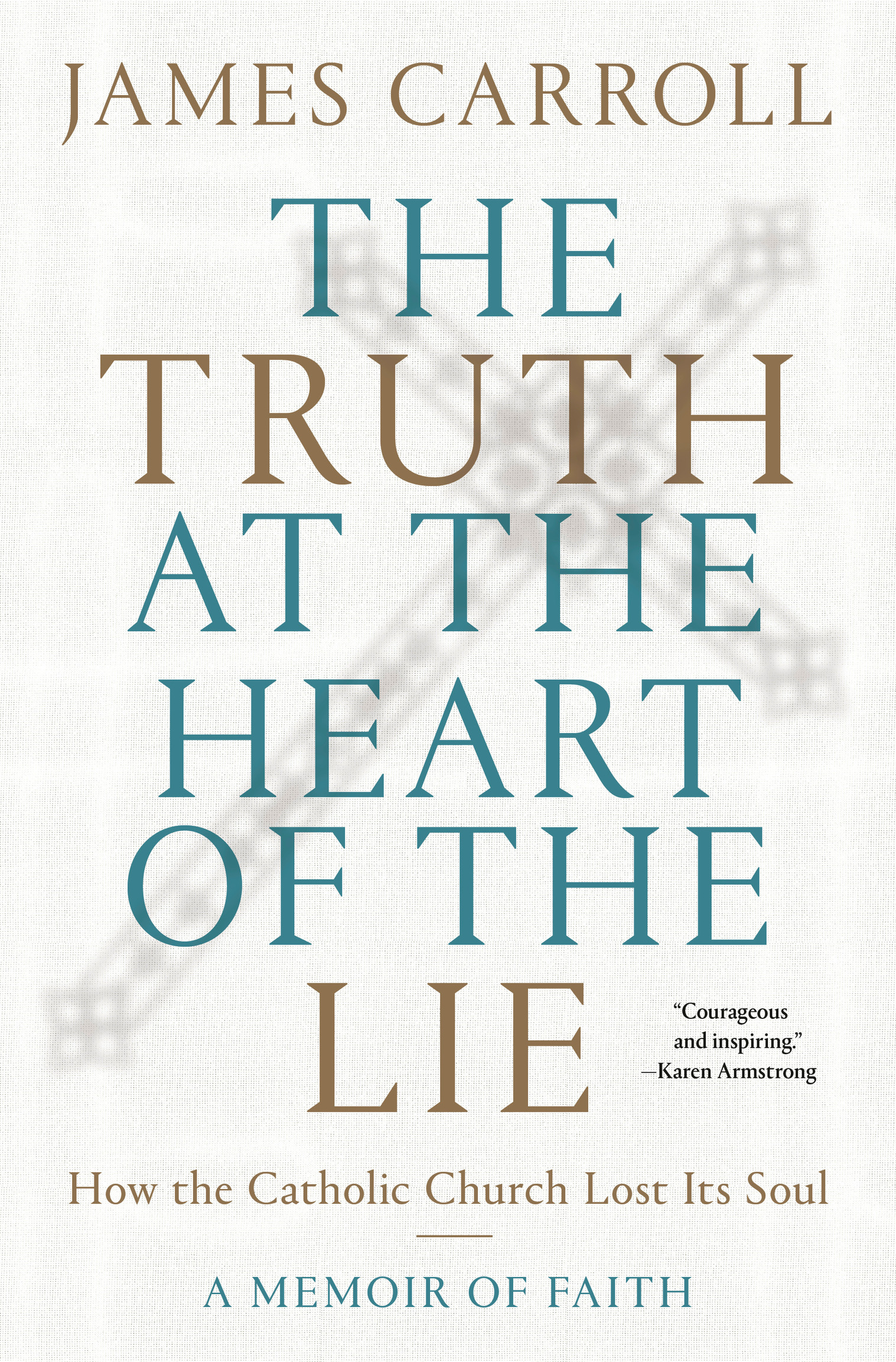
The Cloister
Warburg in Rome
Secret Father
The City Below
Memorial Bridge
Firebird
Supply of Heroes
Prince of Peace
Family Trade
Fault Lines
Mortal Friends
Madonna Red
Christ Actually: The Son of God for the Secular Age
Jerusalem, Jerusalem: How the Ancient City Ignited Our Modern World
Practicing Catholic
House of War: The Pentagon and the Disastrous Rise of American Power
Crusade: Chronicle of an Unjust War
Toward a New Catholic Church
Constantines Sword: The Church and the Jews
An American Requiem: God, My Father, and the War That Came Between Us
The Truth at the Heart of the Lie: How the Catholic Church Lost Its Soul
In memory of
James Parks Morton
and
Joseph F. Carroll Jr.
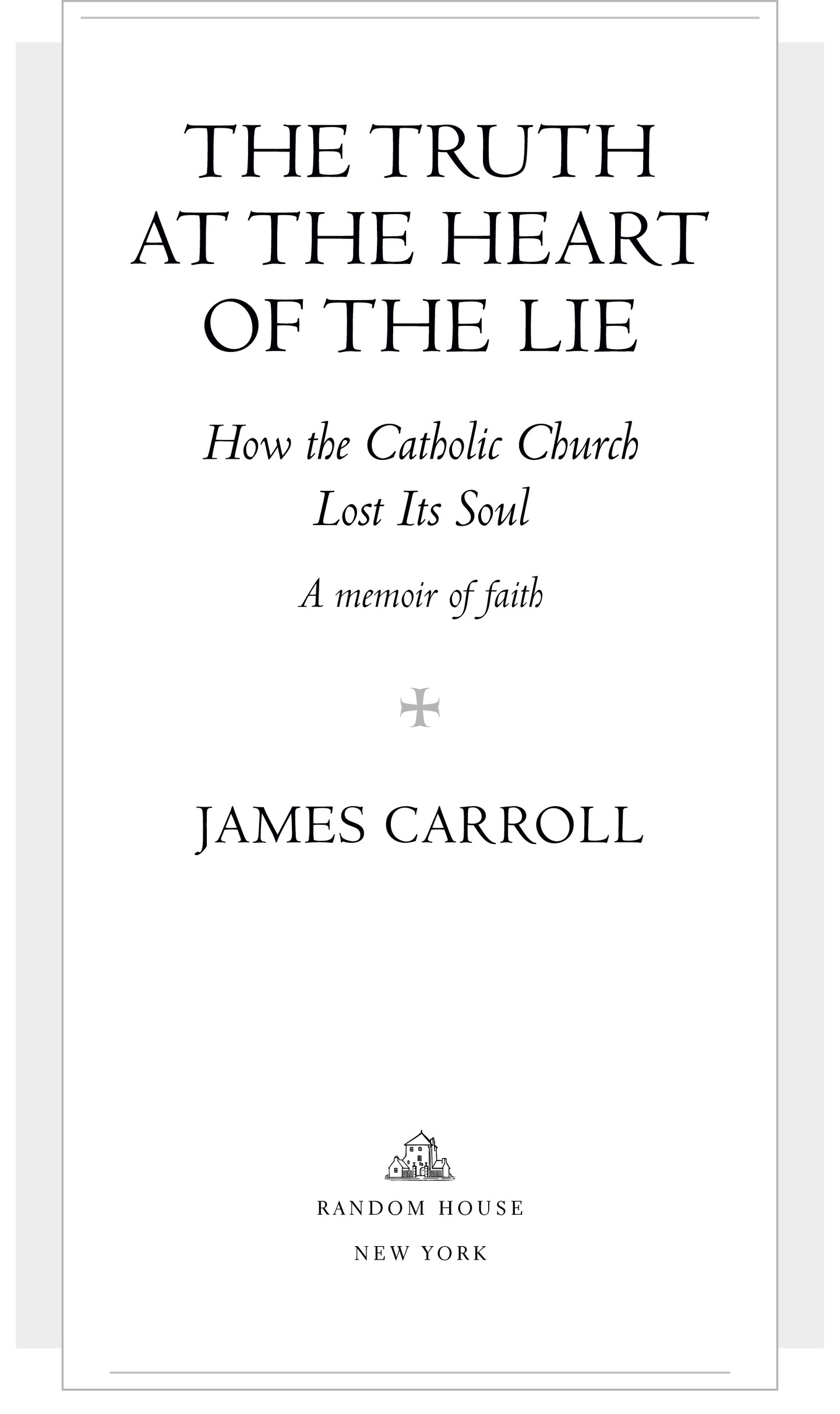
Copyright 2021 by James Carroll
All rights reserved.
Published in the United States by Random House, an imprint and division of Penguin Random House LLC, New York.
Random House and the House colophon are registered trademarks of Penguin Random House LLC.
Biblical quotations are from the Revised Standard Version unless otherwise noted.
Brief portions of this work were originally published in To Save the Church, Dismantle the Priesthood, The Atlantic, June 2019.
Hardback ISBN9780593134702
Ebook ISBN9780593134726
randomhousebooks.com
Book design by Victoria Wong, adapted for ebook
Cover design: Greg Mollica
ep_prh_5.6.1_c0_r0
When we are stripped down to a certain point, nothing leads anywhere any more, hope and despair are equally groundless, and the whole of life can be summed up in an image. A mans work is nothing but this slow journey to rediscover through the detours of art those two or three great and simple images in whose presence his heart first opened.
Albert Camus, 1937
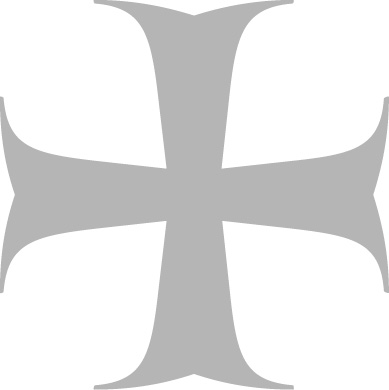
When I was perhaps five years old, I encountered a monk. My mother loved to tell the story. She did not pick up on its creepiness, but at an early age I did.
We were standing in the so-called Rosary Portico of a monastery on the outskirts of Washington, D.C., where I grew up. Apart from sepia tone images encountered in movies or museums, what is a monastery today? Or a monk? Or, for that matter, a rosary? In the twentieth century, they were important to many of us, many more of us then than now. Today, in the twenty-first century, there are some good folks who keep votive candles lit in the alcoves of a few actual monasteries, but those figures can seem like curators of the past. Yet that was the world into which I was born, and I see now how strongly it shaped me.
I began by loving every corner of the Catholic Church, monks and rosaries included, and the monastery is an image to which I return still, associated as it is with my mother and, therefore, with love. For many decades, the Catholic Church has been a pillar of my identity. That pillar is now cracked.
The Rosary Portico, when I stood there with my mother decades ago, was the columned arcade that enclosed the cloisterthe inner garden and courtyardof the monastery. The monk who greeted us was a stout Franciscan, a member of a religious order founded in 1209 by Francis of Assisi, the saint of the poor. That iconic figure from the Middle Ages has currency now mainly because of the present pope, who has the poor in mind, too. Alas, the good Pope Francis, for all his works of mercy, lays bare the Churchs failure.
The monks robe and the dangling beads that hung at his side had snagged my attention. My head did not quite reach the level of the white rope that encircled his ample waist. The rope, too, struck me because its draping vertical length was marked at intervals by three carefully placed knots. Then I noticed the sandals out of which his pudgy toes protruded. Id never seen sandals on the bare feet of a grown-up man before. When my gaze lifted, I was transfixed by something else: The monks head was bald, and from the lower part of his face a slew of wispy gray tendrils hungthe first beard Id ever seen. When I later learned it was called a goatee, I understood at once: Id seen such facial hair on billy goats in my picture books.
The mans grinmoist lips, yellow teeth, dancing eyesseemed odd but not frightening. A figure so unlike any Id encountered before, he struck me as a sort of friendly ghost. At last I spoke. Why, I asked, do you have hair on your chin but not on your head?
My mother yanked my arm disapprovingly, but she relaxed when the monk, joviality itself, laughed out loud. His hand, I recall, went to his shelflike stomach, a self-satisfied petting. He said, Just call me Brother Upside Down.
I wasnt sure what his remark meant, but I sensed that it pleased him to have made it. His other hand dropped to my head, the briefest caress.
He and my mother laughed together then, exchanging glances above me. Since I had asked my question in earnest, I was mystified. What was so funny? I might have asked him why a man wears a dress. Or why that beaded necklace hung from his belt. Or, speaking of his belt, what was with that sash of white rope at his waist, with its knotted dangling end. I probably asked about the hair on his chin because that was only the last of several oddities to strike me.
Soon enough, the incident became a chestnut of family lorea yarn endlessly repeated in our house. For a long time, as I listened to my mother regaling friends and relatives with what Id said, I failed to get the joke. But the story always put me in mind of the complications of the monastery momenthow my mother had instinctively reacted by rebuking me with that jerk of my arm before the brothers laugh let her see my query not as the insult shed feared it was, but as the bright quip of her charming five-year-old Jimmy. In an instant, Id gone from being the object of reprimand to being a point of pridea change in status that left me feeling uncertain about myself.
But one thing was very clear from the first moment in the portico to the subsequent retellings: The power of the monk was absolute. He had power over my mother, and therefore over my own standing in her affection. My mothers double-barreled reaction had taught me that my simplest words could have two meaningsone bad, the other good. And her reaction also taught me that the authority in charge of which meaning applied was the man in the brown robe.
That made me wonder, Who is he? And why is Mom so ready to support him, to take her cue about me from him? My mother, of course, was a kind of deity to me, which made the moment a religious revelation. That she deferred to the figure in sandals meant he was even more exalted than she.
I sensed that this higher status of his was a function of the place in which we were standing. Therefore, I was drawn not so much to the monk as to the enigmatic milieu from which I felt his power came. The Church. I never became a monk myselfnot quitebut I was a monastery man from then on.
It would be years before I was initiated into the mystery of the three vows a monk takespoverty, chastity, obediencesymbolized, as I would learn, by the three knots in the mans dangling cincture. But I had already grasped what was essential to the monks vocation. Surrendering every claim to the normal happiness of money, family, status, and mobility, the monk stakes everything on the existence of GodGod understood as individualized, immediately available, and radically committed to those who call upon His name.
Font size:
Interval:
Bookmark:
Similar books «The Truth at the Heart of the Lie: How the Catholic Church Lost Its Soul»
Look at similar books to The Truth at the Heart of the Lie: How the Catholic Church Lost Its Soul. We have selected literature similar in name and meaning in the hope of providing readers with more options to find new, interesting, not yet read works.
Discussion, reviews of the book The Truth at the Heart of the Lie: How the Catholic Church Lost Its Soul and just readers' own opinions. Leave your comments, write what you think about the work, its meaning or the main characters. Specify what exactly you liked and what you didn't like, and why you think so.

